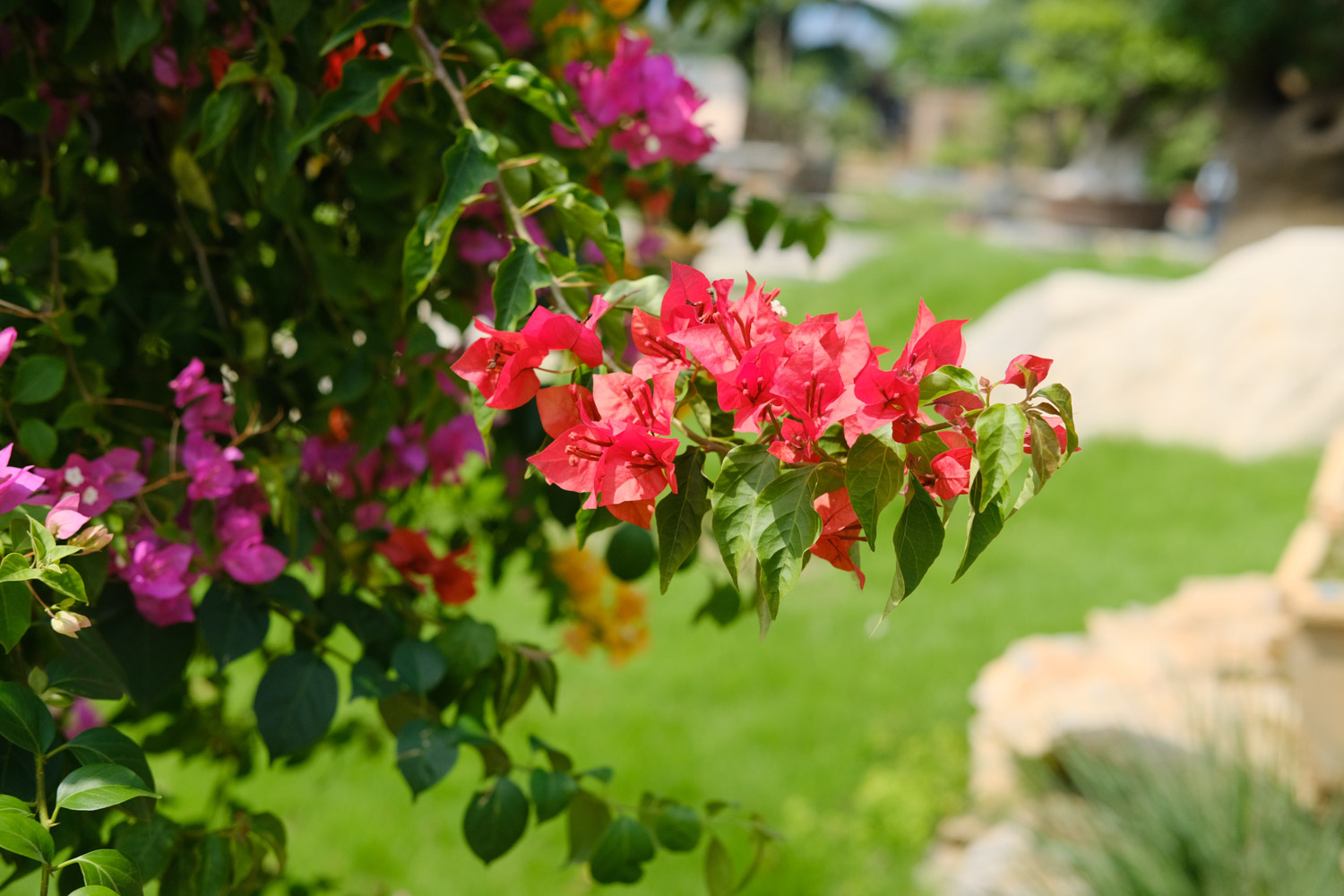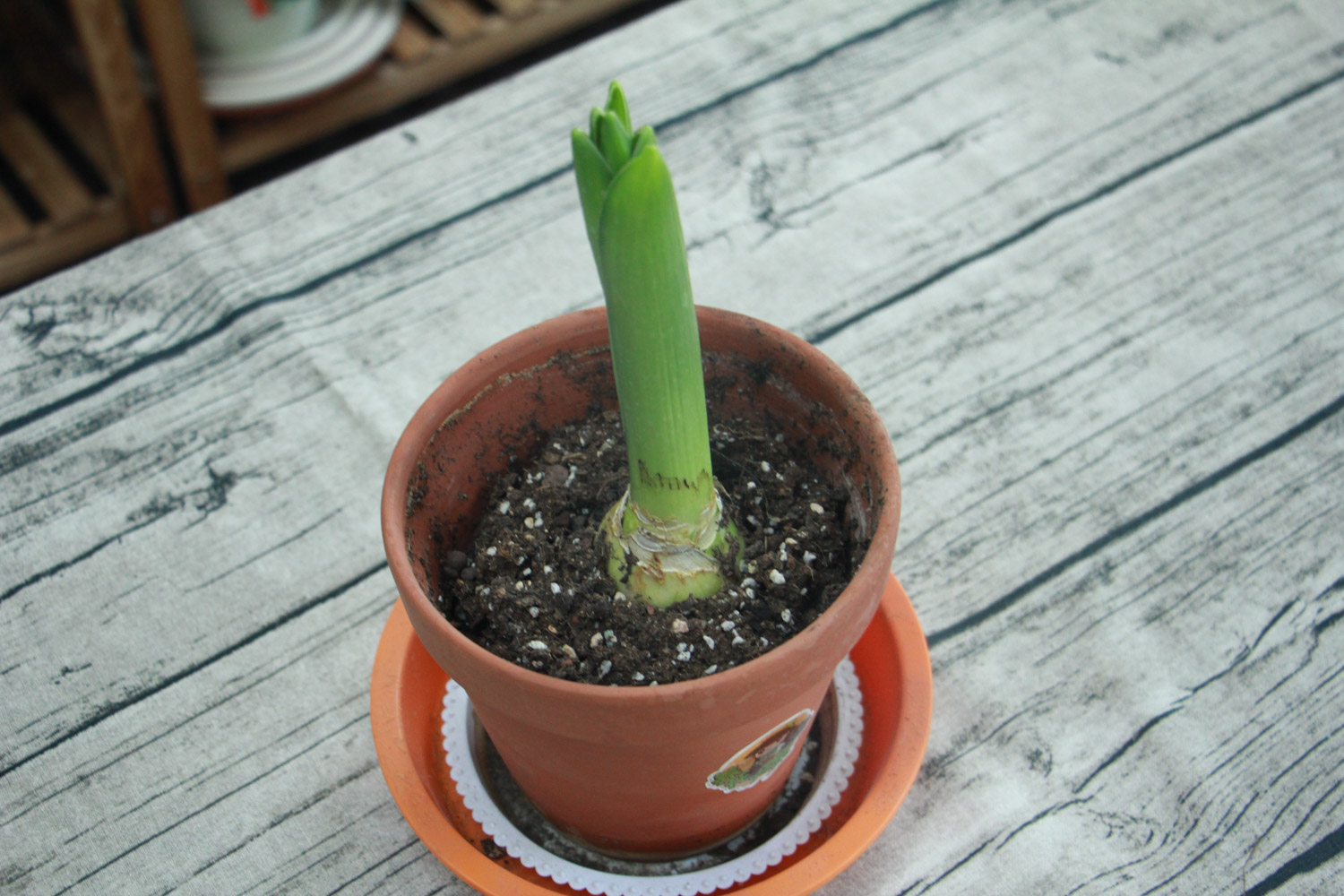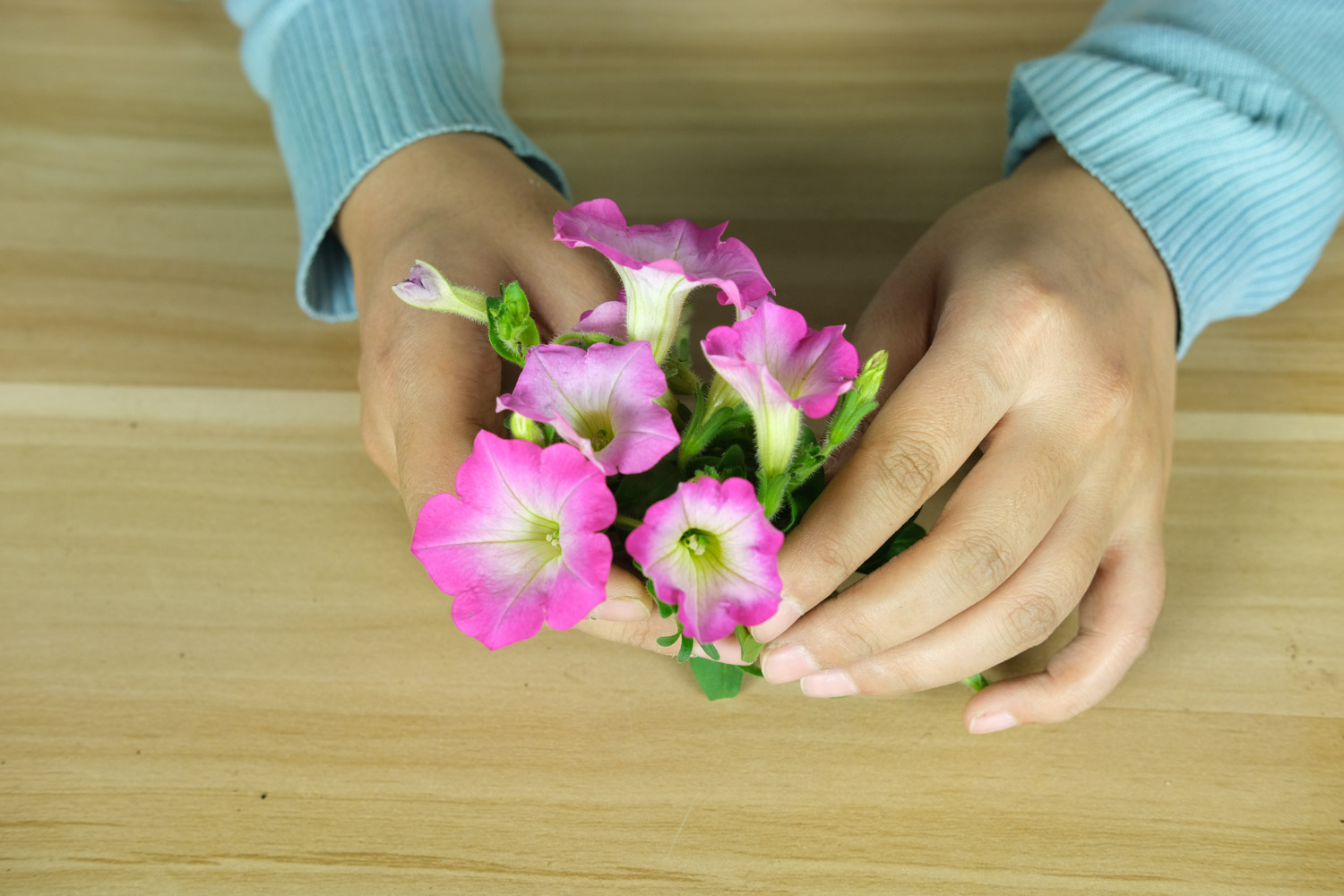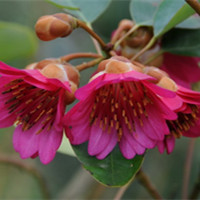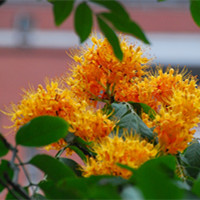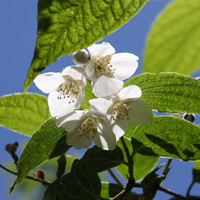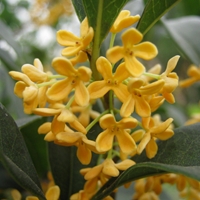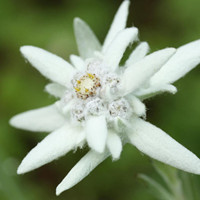Morphological characteristics of Edelweiss
Edelweiss is a perennial herb with a plant height of 15-45cm. The underground stem is strong, wrapped by short leaf sheaths, with many clustered flower stems and roots of the same shape as the flower stems, without rosette leaf clusters. The flower stem is upright, relatively thin, covered with gray white villous or white nearly silky hair, unbranched, or sometimes there are corymbose or nearly racemose inflorescence branches on the upper part, relatively necessary on the lower part, sparse leaves on the upper part, internode length of 5-20mm, and sometimes up to 10cm on the upper part. The leaves are upright, strip-shaped or strip-shaped lanceolate, 2-4.5cm long and 0.2-0.5cm wide, without sheath and handle. The upper part is grayish green and pilose, and the lower part is covered with white or grayish white dense wool or sometimes silk. There are a few bracts, slightly shorter than the upper leaves, oblong or strip-shaped, covered with white or gray thick hairs on both sides or below. They are more or less developed into bracts in male plants and more or less upright in female plants, and do not arrange into obvious bracts. The head is large, the diameter of the female plant is 7-10mm, 3-7 are dense, 1 or more are rare, and the female plant often has long peduncles arranged in corymbose shape; Involucre hemispherical, 4-6mm long, covered with white wool; Involucral bracts are about 4 layers, often narrow and pointed, slightly exposed above Tricholoma; Floret dioecious, rare monoecious; The male flower corolla is about 3.5mm long, narrowly funnel-shaped, with small lobes; The female flower corolla is filiform, grows after anthesis, and is 4.5-5mm long; The crown hair is white, about 4mm long; Male corolla hairs serrate or hairy toothed; Female corolla hairs denticulate; A fertile ovary is glabrous and has papillary processes. Achenes are oblong, yellowish brown, about 1mm long, with papillary processes or dense coarse hairs. The flowering and fruiting period is from July to October
Function and value of Edelweiss
Ornamental value. Edelweiss is a precious flower. She has the characteristics of beautiful flowers and leaves. The plant shape is small and exquisite, the leaves are silver and gray, and the white inflorescences are like snow, simple and generous. At the same time, it has the advantages of drought resistance and barren resistance. It is also a perennial herb, so it is especially suitable for rock garden planting or potted ornamental
Medicinal value. Edelweiss is famous for its unique medicinal value. It is cold in nature and slightly bitter in taste. It has the effects of clearing heat and cooling blood, tonifying kidney and benefiting water. It is mainly used for acute and chronic nephritis and hematuria. It is effective for vanishing proteinuria and hematuria. Folk prescription is used to treat nephritis edema, and the effect is remarkable.
Cosmetic effect. Edelweiss is now more used in the field of beauty. Edelweiss is cold. Its essence contains rich minerals. It can clear away heat and cool blood. It has gentle, calm, whitening and nourishing protection to skin. It is excellent for resisting skin aging. It is a natural beauty product of Swiss local women. In addition, with the research and refining of edelweiss ingredients in various countries, researchers found that Edelweiss also has a strong detoxification and acne removing effect on the skin
Local varieties of Edelweiss
Edelweiss is native to high altitude areas in Europe. It is one of the famous alpine flowers, known as the famous flower of the Alps. There are about 40 species of edelweiss, which are distributed in the Alps of Asia and Europe. This kind of flower usually grows at an altitude of more than 1700 meters in the Alps. It is very rare because it only grows on a very rare rocky surface
In Yuxian County, Hebei Province, which is known as the "sky Grassland" in China, this kind of grass is locally known as "Edelweiss". Because this kind of grass has a special taste, when it is fed to animals, animals dislike it and refuse to eat it. Before knowing that it is a precious Edelweiss, most people who come to the "sky Grassland" will not pick this kind of flower, because its appearance is not gorgeous and dazzling, let alone fragrant. After the local government learned that the flower was Edelweiss, it took protective measures to prohibit grazing, and the yurts originally built on this grassland were also withdrawn. Since the discovery of edelweiss, the number of tourists to the "air Grassland" has increased significantly. With the fame brought by Edelweiss, Yu county has another name - "hometown of edelweiss" in addition to "hometown of paper cutting"


